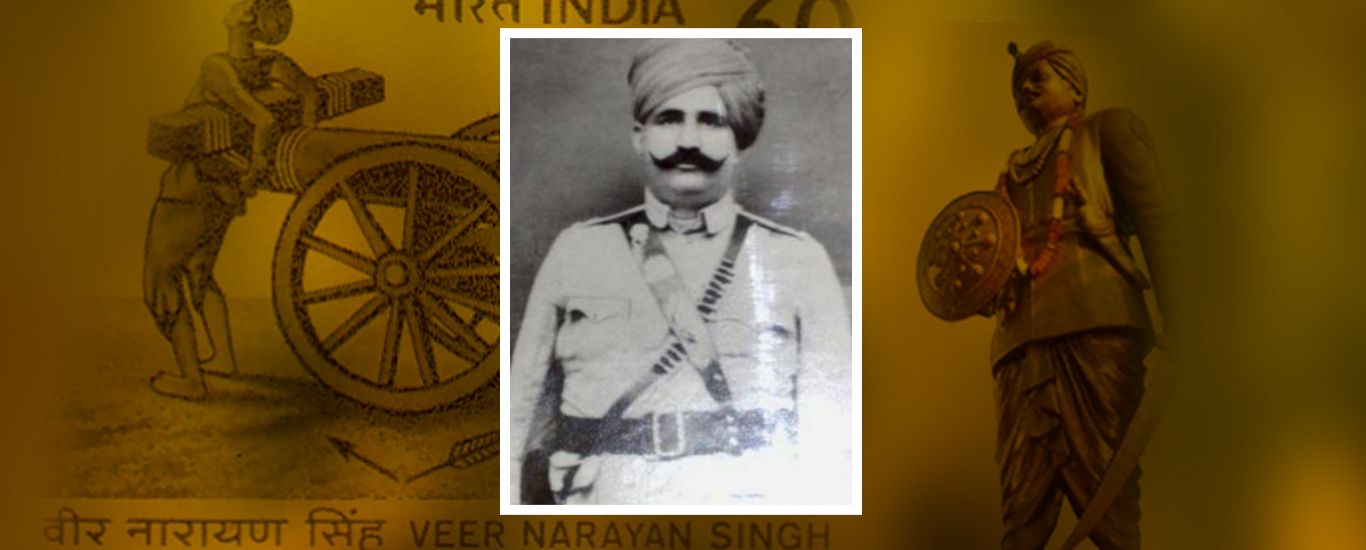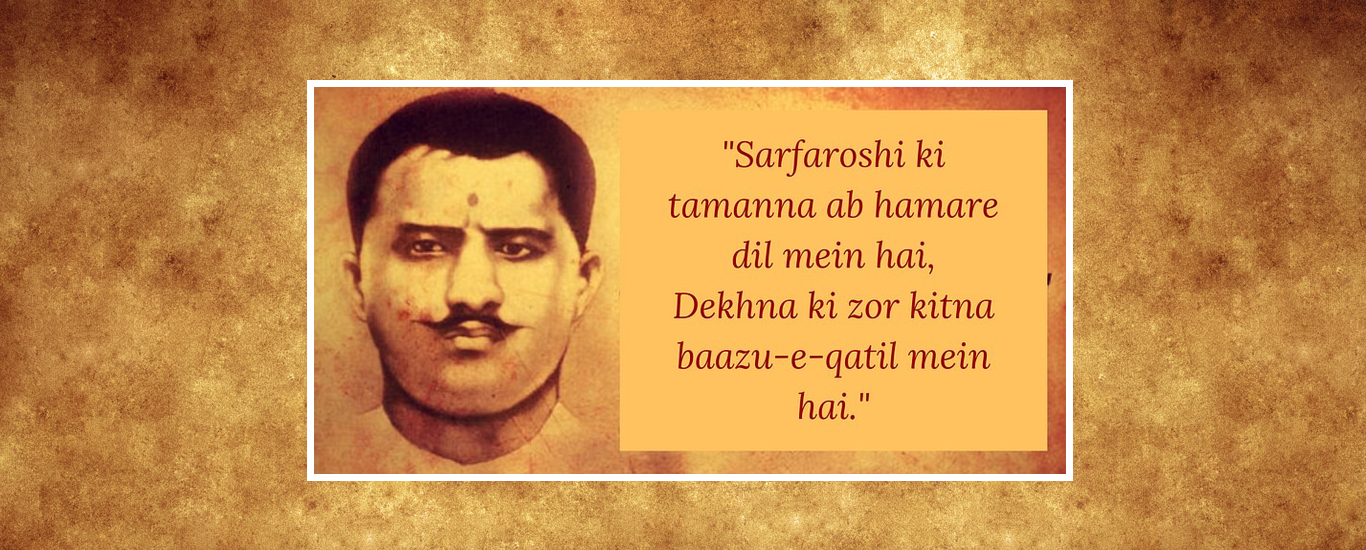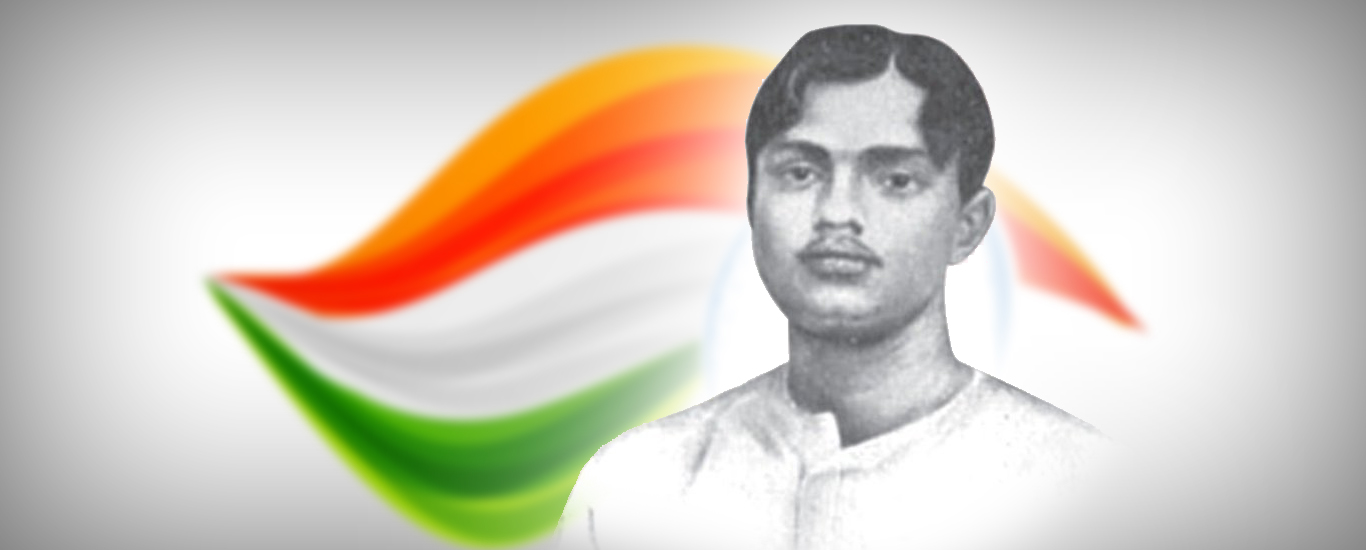Freedom fighters and rebellions from Uttar Pradesh (UP)
Many people in the past have fought for the peace of India from British rule, the freedom fighters that have devoted their life wholeheartedly for our motherland. Peoples who faced a lot of pain, disrespect, harm and even sacrificed their lives. Each one had their own way to fight for freedom. Let’s take a look at some of the freedom fighters and rebellions of Uttar Pradesh.
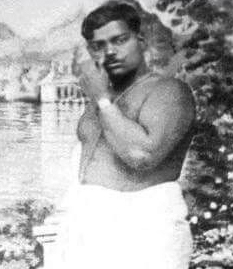
1. Chandrashekhar Azad
Born on 23rd July 1906, Bhabra villageIn Madhya Pradesh, Chandrashekhar Azad was a great revolutionary leader and a freedom fighter. He was most popularly called by the name Azad which means free. He was born to Sitaram Tiwari and Jagrani Devi.
He was sent to Kashi Vidyapeeth in Banaras as his mother dreamt of making him a Sanskrit scholar. He joined the non-cooperation Movement launched by Mahatma Gandhi, at the age of 15 and was arrested by the British officers. The political ideology of Chandrashekhar Azad included socialism, liberalism and anarchism.
He was involved in many acts such as Kakori train robbery, assembly bomb shooting of Saunders and many more. British police tried to capture Azad but he shot himself with his own pistol and died at Alfred park in Allahabad, Uttar Pradesh on 27th February 1931.
India gained its freedom by the great sacrifice of revolutionaries like Chandrasekhar Azad.
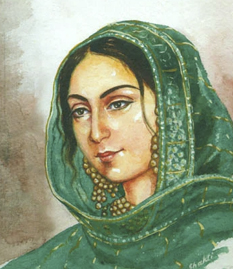
2. Begum Hazrat Mahal
Begum Hazrat Mahal or Muhammadi Khanum in many ways represented the modern woman. She was multifaceted, strong willed and believed in her own identity. Begum Hazrat Mahal started off her life as a courtesan. She was trained in dancing. She became the king’s favourite as the courtesan and was convinced to marry her. When their son was born, she was declared the queen.
She was well-known for her leading part she had in the rebellion against the British East India Company during the Indian Rebellion of 1857.
When Indian Rebellion broke out she made her son, Prince Birjis Qadr, the Wali (ruler) of Awadh with herself as regent during his minority after her husband had been exiled to Calcutta. Anyhow, she was forced to leave this role after a short reign. She later found asylum in Nepal on Hallaur. In 1879, she died in Nepal. She has become a heroine in the rebellion.
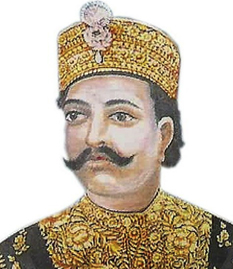
3. Lal Pratap Singh
A prominent leader in the Indian Rebellion of 1857, Rajkumar Lal Pratap Singh was a member of the Bisen Rajput dynasty of Kalakankar. He died in the 1858 Battle of Chanda. On 17 December 2009, the Government of India released a postage stamp to his remembrance.
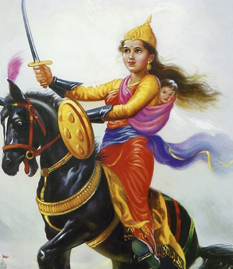
4. Rani Lakshmi Bai
A symbol of resistance to the British Raj for Indian nationalists was born on 19 November 1828 in the town of Varanasi, Uttar Pradesh. Rani Lakshmibai was one of the greatest freedom fighters of India. She was born to Moropant Tambe and Bhagirathi Sapre into a Brahmin family. Her birth name was Manikarnika Tambe and was called Manu. Her mother died when she was 4 years old and was cared for by Nana Sahib. She was married to Raja Gangadhar Rao, who was the King of Jhansi. After the death of the king, the power went on to Lakshmi Bai Britishers annexed Jhansi through the doctrine of lapse method. She fought with Britishers very bravely to protect Jhansi so that she was popularly known as queen of Jhansi.
She was a prominent figure of the Indian Rebellion of 1857. On 18 June 1858, Jhansi Rani breathed her last breath in the Rebellion. She was wounded and killed in a battle.
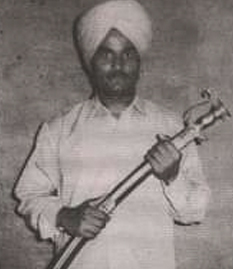
5. Kadam Singh
The leader of a group of Gurjars, Kadam Singh, who fought against the British East India Company during the Indian Rebellion of 1857. He was the raja of Parikshitgarh and Mawana during the rebellion in Meerut district, Uttar Pradesh.
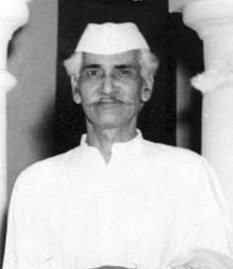
6. Acharya Narendra Deva
Narendra Deva was a great socialist political leader of the colonial period of India. He was an erudite scholar, a great academic administrator and the president of a political party. He participated in various political struggles. He has put forward several thesis in the conferences of the political parties and is remembered as a great Indian son.
Born on 19, February 1889 Faizabad in Uttar Pradesh Narendra Deva’s father was an educated person and a wise man. He had a strong political awareness and consciousness. Narendra Deva was only 10 when he first attended a Congress conference which was held at Allahabad, Uttar Pradesh. But he in fact did not understand anything at that conference. But the towering personalities of Justice Ranade Lokmanya Tilak and Ramesh Chandra Dutt had a great influence on this young child.
Around 1915, Dev was first brought to nationalism under the influence of Bal Gangadhar Tilak and Aurobindo Ghosh. He became interested in Marxism and Buddhism as a teacher. He was a well-known figure in the Hindi language movement. From its founding in 1934, he was a prominent leader of the Congress Socialist Party and was jailed many times during the freedom struggle. He also was a member of the Uttar Pradesh legislative assembly.
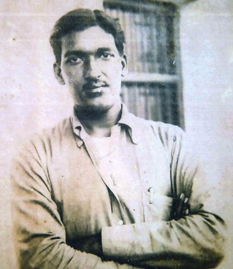
7. Ashfaqullah Khan
Born on 22nd October 1900 in Shahjahanpur Uttar Pradesh. His father’s family was Pathan while his mother’s was mainly involved in Administrative services in colonial India. Khan had a flair for Urdu poetry and wrote under the pseudonyms Varanasi and Hazrat.
In 1922, Mahatma Gandhi launched his non-cooperation movement against British rule in India but after the Chauri Chaura incident in 1922, Mahatma Gandhi decided to withdraw the call for this movement.
At that point, many young people including Ashfaqullah Khan felt depressed. Members including Ashfaqulla Khan became extremists and turned to organizations like Hindustan Socialist Republican Association which was founded in 1924. This association’s purpose was to organize armed revolutions to achieve a free India. On 9th August 1925, Ashfaqulla Khan and other revolutionaries looted the train carrying British government money in Kakori near Lucknow. Ashfaqulla Khan was detained in jail and the case was filed against him due to the robbery. Khan was hanged on 19 December 1927 at Faizabad Jail.
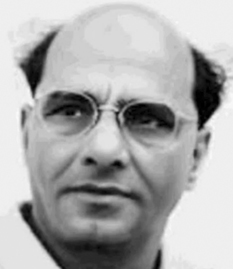
8. Mahavir Tyagi
Born on 31 December 1899, Mahavir Tyagi was a striking Indian independence fighter and parliamentarian from DehraDun, Uttar Pradesh (now in Uttarakhand) India.
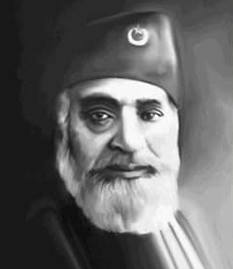
9. Shaukat Ali
Born on 10 March 1873 in Rampur state in what is today Uttar Pradesh, was an Indian Muslim leader of the Khilafat Movement. Maulana Shaukat Ali was the elder brother of the famous political leader Mohammad Ali Jouhar. But he later took a role in partition of India on religious lines. He studied at the Aligarh Muslim University. He was a passionate cricket player who was fond of playing cricket. He captained the university team.
He was also a civil servant of the United Provinces of Oudh and Agra for 17 years in British India. He passed away on 18 November 1938.
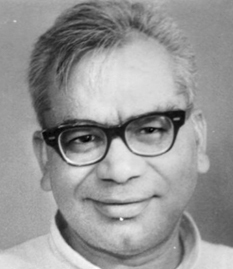
10. Ram Manohar Lohia
Being born to a Bania family on 23 March 1910 at Akbarpur, Uttar Pradesh Ram Manohar Lohia was a socialist political leader and an activist in the Indian independence movement. He worked with the Congress Radio during the last phase of British rule in India which was broadcast privately from different places in Bombay until 1942. He died on 12 October 1967.

